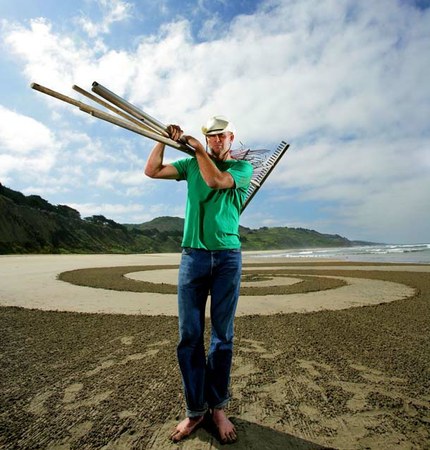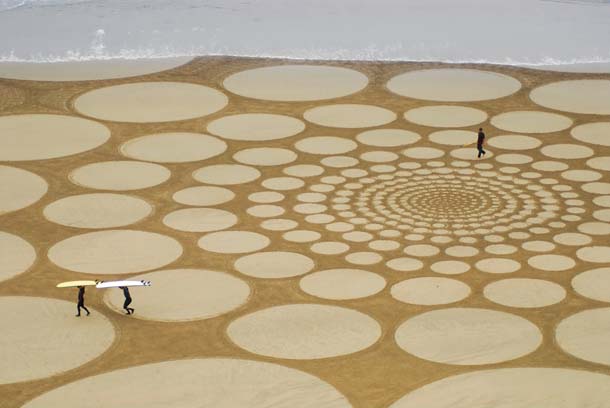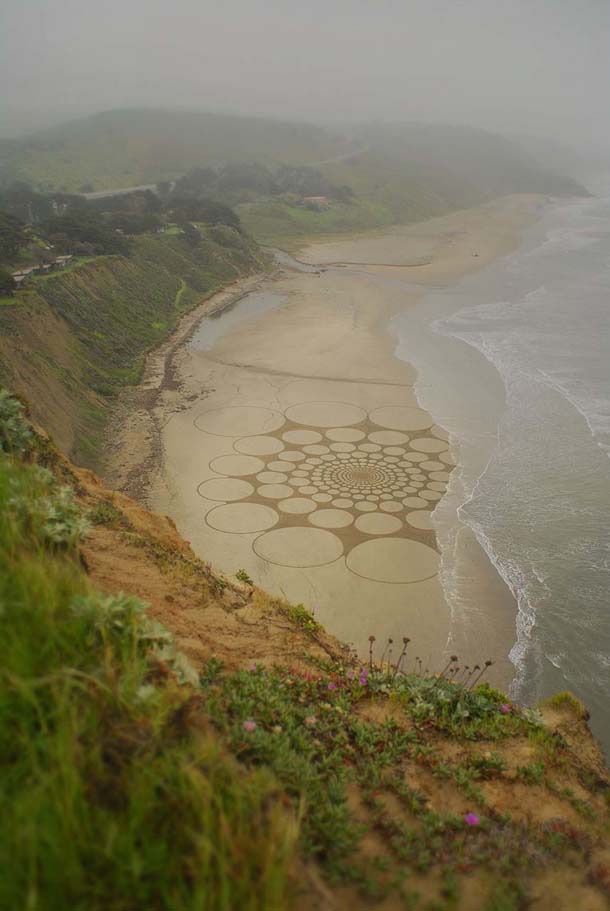State of the Art: How the Web is changing Creativity by Beatty
![]() By: beatty
By: beatty
By Rachel Flynn
Today, art is more prolific and easier to share than ever before. Websites spread art like wildfire, and social media brings art directly into people’s homes. Everything is right at the world’s fingertips, and with that, the world has changed. Deviantart, Etsy, Tumblr, Weheart it and Youtube are just four of the many websites out there catering to the artistic and those who merely wish they were.

Deviantart is a simple-to-use art website where members post their works – usually drawings or paintings. Because of its user-friendliness, the Deviantart has become one of the largest websites dedicated to artwork. Many artists post to this site and are then linked to other sites where their art will spread even more Using this site has always been a main focus of mine on my own blog simply because it is easy to find different kinds of art and to support friends in their artistic endeavors.
All kinds of art thrive in the world today because of social networking. Facebook, Twitter, Youtube, Google and many others make it possible for the common person to find an audience. Justin Bieber famously began as a Youtube sensation, and everyday more talented writers are discovered off of blog sites. Sites for book reviews, movie synopses, and viral videos make it even easier to show off talent to the world (or lack thereof). The art world doesn’t just revolve around the rich or the ones with an “in” anymore, it moves around the artists themselves, and how much effort, luck, and talent they have. Webpages have fundamentally changed the way artists showcase themselves – and their art is becoming more accessible every day.

Etsy.com is a sales site that specializes in handmade crafts. Jewelry, clothing, and household objects fill Etsy’s pages. Shoppers can even directly order custom pieces from most sellers. Etsy takes much of the hassle out of selling a product – all it takes is registering with the site, and then you’re off.
Like many sites, Etsy disconnects a seller’s success from their geography. Before the rise of e-commerce, the average artist sold their wares at a booth in a festival, and maybe if they were really lucky, shelf space at an actual store. The creativity and variety of the pieces are truly incredible. Now sites like this make it easy for the whole world to see them.

Tumblr is a personal favorite. While other sites only display or sell art, Tumblr encourages collaboration. Writers gather together to show their work and to help others. Photographers post their pictures and help others distribute their work. Musicians make pages to get their music heard.
The site is a beautiful mix of photos and words, plus daily news and posts on featured users. I actually keep both a personal blog and a writing blog on this site. The writing community is far from small, but it feels like family. Everyone tries to help others in their hopes and dreams for their work, in addition to building their own writing skill. Inspiring things that may never have been seen are now viewable on sites like these to everyday people (mostly teens or young adults).
16 year-old-blogger “Drea” uses the url http://misusedwords.tumblr.com and she shared her insights into how others view the internet and it’s spread of art. “Tumblr has been a support group for my writing, encouraging me to write when I don’t feel like it. It has introduced me to a great group of writers, and has made me feel at home in the community,” Drea commented. Before social media, Drea confessed she would sit in her room with just a pen, music, and paper to write. “In a way I feel that social media has ruined that for me. I no longer spend hours with a pen and paper anymore, but just quickly jot down things on a computer.”
Blogging has changed many writers’ ideas of their work and Drea also commented on how social media spreads her work. “I do find that it gets my writing to more people. I was actually talking to a friend the other day and I mentioned I write and she said ‘Yeah, I know, I follow your blog on tumblr.’ it was surprising because I didn’t even know. ”
There are downsides to writing on the internet, just as there are downsides to sharing anything on the internet. “There will always be some negative associations with the internet and the arts. For one, it makes such things highly accessible for others to claim as their own. Another thing is that it’s sort of bastardizing the writing process. But it will always have it’s pros as well. It just depends on how you look at it,” Concedes Drea.
Art used to be spread by word of mouth and sheer luck. One artist could be amazing and still be living in a dirty apartment, starving, while another could be living the good life because one influential person found them. Many artists considered amazing today were dead before their art had any real meaning to the people around them. Today the art world is very different.
Today the art world is me, here at my computer typing this for you to read, it’s young artists putting up their drawings on Deviantart, it’s writers on Tumblr posting their poems and it’s the people who spread these things that make art what it is.
Source: Nvate (http://s.tt/15dJV)
———————————————————————————————————
![]() This article, State of the Art: How the Web is changing Creativity, is syndicated from Nvate and is reposted here with permission.
This article, State of the Art: How the Web is changing Creativity, is syndicated from Nvate and is reposted here with permission.
———————————————————————————————————
I look forward to your thoughts and comments!
Be sure to Subscribe to this blog either by RSS or Email via the forms on the top right column of the page.






